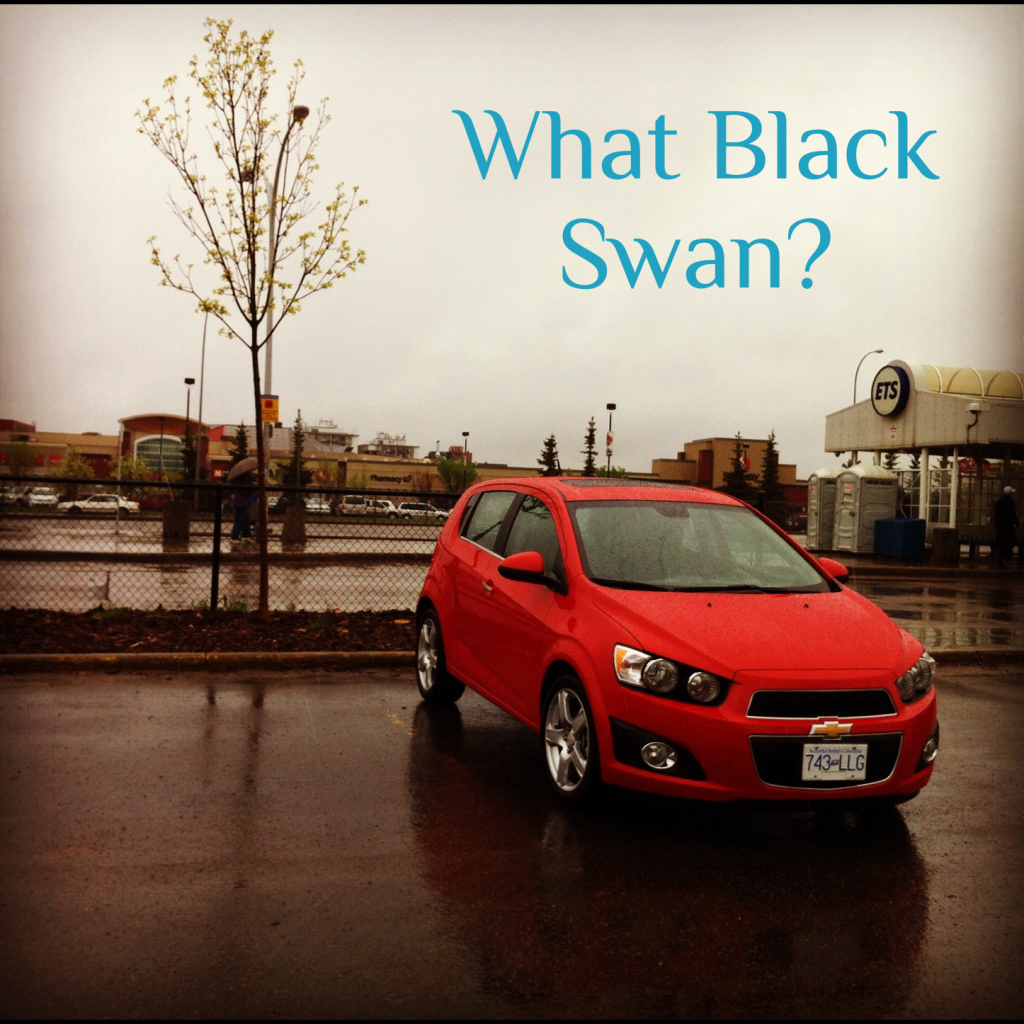by Peter D @carenvy
In our lifetimes, certainly in my quarter century, the global economy has never been less predictable and the future has never seemed more opaque. It’s been more than four years since the housing bubble burst in the US and Credit Default Swaps entered popular parlance, yet little seems to have changed. Governments are even deeper in fragilizing debt, global currencies are teetering on the brink, and the world’s largest banking institutions are back to making record profits. If that weren’t enough, education is increasingly incapable of ensuring employment and job prospects in general continue to haunt hopes of lasting recovery. Even if you’re personally unaffected by this, watching any amount of TV news will surely make the world seem a bit bleak.
And yet, we still eat out, we still go to movies and to the bar, and we still buy new cars. Borrowing rates remain low and the luxury market has never been hungrier. By most any measure, the lives of those of us in the western world have never been better. But because the larger picture remains so unsure, we’ve never been more exposed to what the (justifiably arrogant) investor-philosopher Nassim Taleb calls “Black Swans”: highly consequential and equally unpredictable events. Black Swans get more severe the more complex a society and economy become, which is perhaps the only sure bet there is. Their effects become more devastating than we can imagine and, ironically, we’ve never been more vulnerable. It’s about time that we think about ways in which we can protect ourselves, ways in which we can remain robust even when the world goes crazier than Christopher Nolan’s gruesome Gotham.
Being robust means being unharmed by (or better yet, benefiting from) volatility. It’s being agile and ready for anything, like a blogger-ninja hybrid. Robustness can be a state of mind, and it should be, but we can also build our lives to be more robust. Reducing or eliminating debt is a great place to start, as is having cash on hand. Diversification, hamstering your assets a little here and a little there, will ensure that when Black Friday returns, you won’t have all your eggs in one basket. Certain forms of insurance can also be used to provide protection from these crippling curveballs.
But let’s say that you want to maintain robustness while also spending $67,000 on your next vehicle (we’re imagining here that you have a healthy income and are already contributing a fair share to savings), where do you start? How can you protect yourself from the next big economic catastrophe while still being ready to go on blind dates, help your friend move, and survive your commute?
For a mere sixty-seven large, you could drive off the lot in the vaquero-flustering Ford F-150 King Ranch EcoBoost, an unimpeachable tool for life on the Prairies with enough charisma to charm milk out of a cow, eggs out of chickens, and wheat out of flour. Hauling your friends to the lake, commanding rush hour traffic, going on a date, off-roading like a high-roller, or dragging your parents’ old furniture to the city dump (like I did) could all be easily accomplished with a visit to your local Ford store. And you could do much, much worse for that kind of money (Z4, anyone?), but is that the best way to spend all that money? Perhaps we should listen to our grandfathers and not spend it all in one place, spending it instead on a trio of (don’t laugh) hatchbacks? Let’s look at a few real life scenarios and decide for ourselves, like big boys.

